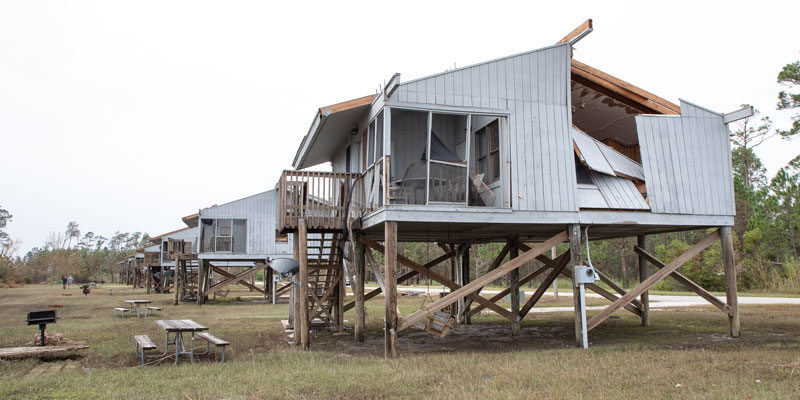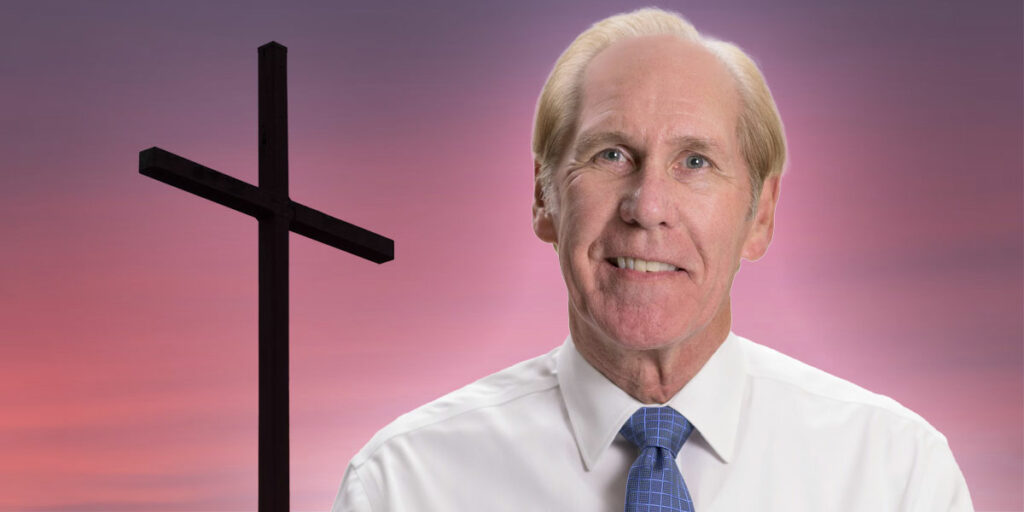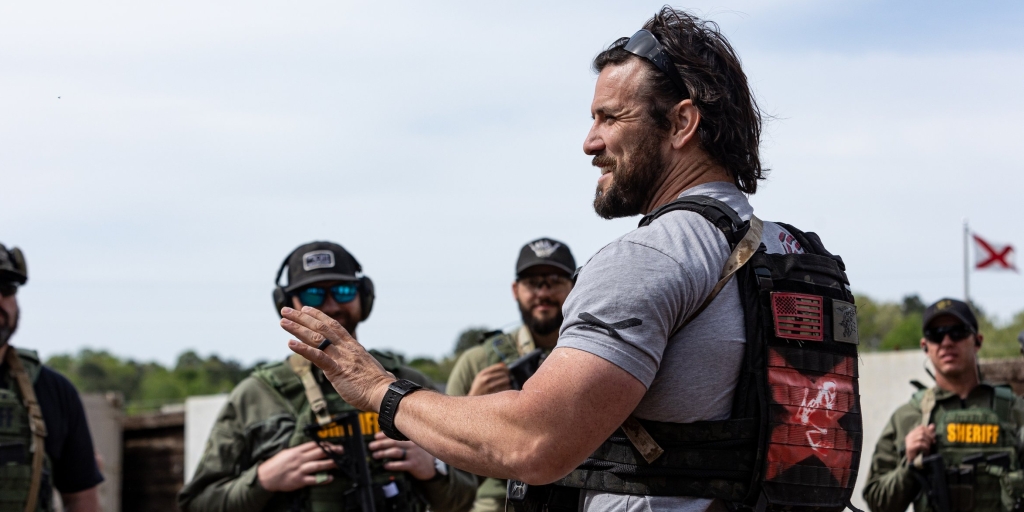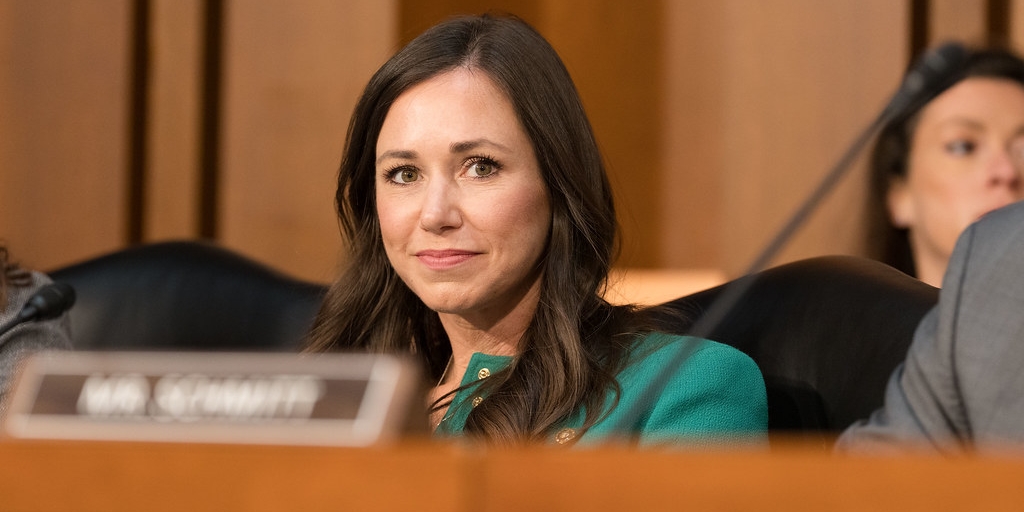One aspect of living on Alabama’s beautiful Gulf Coast is the realization that the best-laid plan is no match for Mother Nature.
The original plan was to gather on September 16 at the Gulf State Park Pier to celebrate the grand reopening of the 1,542-foot pier after a $2.4 million renovation.
Although I’m a veteran of many tropical storms and hurricanes in my 28 years on the Gulf Coast, including back-to-back hits by Ivan and Katrina, the system that turned into Hurricane Sally threw me and many Gulf Coast residents a wicked curveball.
Off to bed with a predicted peak of 85 mph winds, I was awakened by an ominous roar. With one peek through the high windows on our vibrating front door, it was obvious this was not a clone of Hurricane Danny from 1997 that dumped copious amounts of rain on the area but did not have the wind-damage potential of Sally.
As Gulf Shores Mayor Robert Craft said, “Sally sucker-punched us.”
Sally made landfall in Gulf Shores in the early hours of September 16 as a strong Category 2 hurricane with winds clocked at 105 mph. A wind-speed detector on a nearby tower clocked a 121-mph gust.
However, Sally’s brutality was magnified by her crawling forward speed of 2 mph, which made the incessant winds seem to last forever. Like my friend Dwight Lores said, “A human can easily walk at 3 miles per hour. That’s why Sally did so much damage.”
When the first hint of sunrise allowed a minimal assessment through the aforementioned door, trees were down in every direction. Unlike many Baldwin County homes, thankfully ours was not damaged by any of the falling trees, but it was almost three days before we could even leave our driveway. On the fourth day, a utility crew from Warren County, Kentucky, restored our power, a remarkable feat considering the extent of the damage. All hail to a hot shower.
Of course, I prayed for the best for everybody on the Alabama coast, but I feared it was not going to be the outcome we wished, especially for those structures vulnerable to storm surge.
I soon got word through the little cell service available that the northern Gulf Coast’s premier fishing and educational pier, which opened in 2009 after Ivan razed the previous pier, had succumbed to the constant battering of Sally’s surge.
The section of pier closest to the end octagon was gone. The majority of the blowout deck panels were scattered all along the sugar-sand shoreline.
The good news is the new Lodge at Gulf State Park and nearby structures were relatively unscathed because those buildings were designed to withstand winds of up to 150 mph.
Chris Blankenship, Commissioner of the Alabama Department of Conservation and Natural Resources (ADCNR), and Greg Lein, Alabama State Parks Director, were able to perform cursory assessments late last week.
“We had damage in places we didn’t expect, and in other places where I expected to have a lot of damage, it turned out to be not as bad,” said Commissioner Blankenship, who toured the area with Governor Kay Ivey last Friday. “The damage to the pier is the most obvious that everybody has seen on TV and had the most questions about. We were very surprised by the amount of damage to the pier. The cabins at Gulf State Park on Lake Shelby took a beating. I’m afraid a lot of them will be total losses. But I was pleasantly surprised by how the dune system held up on the beach. And the Lodge at Gulf State Park, which was built to fortified building standards, fared very well during the storm. The FEMA (Federal Emergency Management Administration) administrator was there, and we showed him the Lodge. He was very impressed with the resilience of the Lodge and how building to that standard has a big impact on the recovery.”
Commissioner Blankenship said divers are scheduled to assess the damage to the pier and determine the structural integrity of the remaining pilings.
“After that is finished, we will be able to make plans to get the pier reopened at least to the part where it broke off while we repair the entire structure back out to the octagon,” he said.
Director Lein said the campground at Gulf State Park suffered quite a bit of damage.
“It wasn’t until Friday that staff was able to access all of the park and assess the damage because of the water and downed trees,” Lein said. “A lot of the electrical distribution panels in the campground were impacted. That system will have to be assessed by an electrician to see what repairs are needed. Now that the conditions have improved, we’ve been able to clear all the campsite pads. All the modern buildings at the park appear to be okay. A couple of campers that were left on the site were tipped over by the wind. A few of the campers in the storage area were pushed together, but only one was overturned.”
The cabins and cottages on Lake Shelby highlighted how construction standards can make a big difference in potential damage.
“The cabins suffered major damage,” Lein said. “They lost portions of their roofs. Some of the walls collapsed. It appeared the wind got under the roofs in the porch areas and ripped them off. On the cottages, the roofs are intact. The older cabins had significant damage, but the modern cottages were not as affected.”
Lein said the good news about the pier is that the staff has been able to recover more than 200 of the deck panels that are designed to blow out to protect the infrastructure.
“They found some about 4 miles down the beach,” Lein said. “A couple were found in swimming pools down there. It’s amazing our crew has been able to recover so many panels. The pier will be inspected. If it’s structurally okay, we’ll be able to put a lot of those panels back, and we may be able to reopen a portion of the pier. The pier house appeared to not have any damage.”
Lein said strike teams were formed several years ago in each district of the State Parks system to assist in natural disasters. The teams are comprised of employees capable of running chainsaws, skid steers, backhoes and tractors.
“We had more than a dozen strike team members down there to join the men and women from Gulf State Park, working together as one team to clear roads and paths so support personnel had access to all of the park,” Lein said. “They achieved a huge amount of relief to the park in three days. They brought generators with them to power part of the Lodge and the park office. I can’t say enough about the strike teams and how successful their deployment was in supporting the Gulf State Park staff. The crews were all fed by the chef and staff at the Lodge’s Food Craft restaurant, and that was such a morale booster for the teams to get a warm meal.”
Commissioner Blankenship said he has been impressed by the spirit of cooperation and willingness of folks who don’t live on the Gulf Coast to lend a helping hand.
“I appreciate our strike teams that came down to assist at Gulf State Park,” he said. “They have done a great job of cleaning up the park. It will help us get the park reopened a lot quicker, and it allows for some of our employees who rode out the storm to take care of their families and limit the damage done to their homes. That’s extremely important. Every single employee was without power for a certain amount of time and had damage at their residences they needed to attend to. Having people come in from areas that weren’t impacted helped those affected people. It is very important to me to have our employees taken care of.”
Meanwhile, Commissioner Blankenship said the Alabama Marine Resources Division (MRD) facilities in Dauphin Island sustained significant damage. The MRD office building suffered roof damage, and the docks at the office were destroyed.
“But Meaher State Park on the Causeway and 5 Rivers Delta Resource Center seemed to do okay,” he said. “There were trees down but not a lot of other damage.”
David Rainer is an award-winning writer who has covered Alabama’s great outdoors for 25 years. The former outdoors editor at the Mobile Press-Register, he writes for Outdoor Alabama, the website of the Alabama Department of Conservation and Natural Resources.












